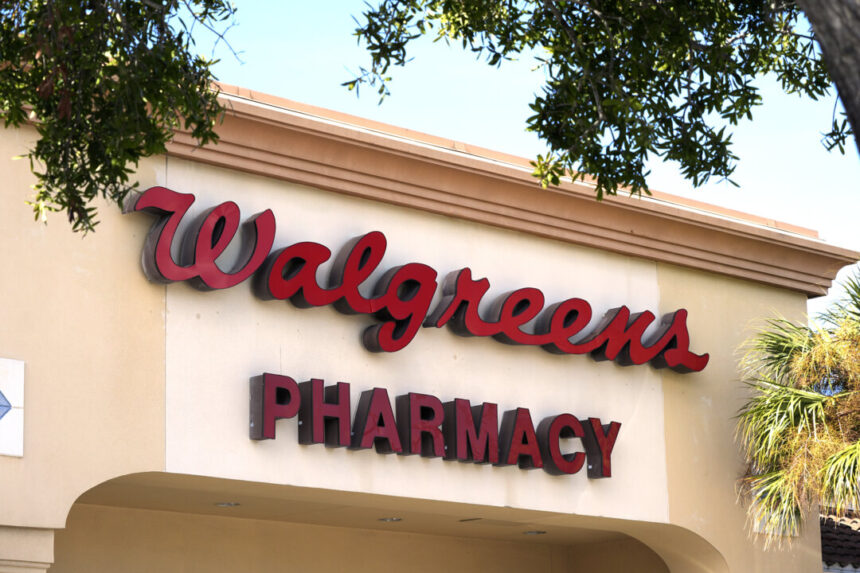Commentary
Walgreens Boots Alliance (Walgreens), the publicly listed, “integrated healthcare, pharmacy and retail” company, has recently released its annual and fourth-quarter financial results. These details shed light on the significant disparity between the Bureau of Labor Statistics’ (BLS) Consumer Price Index (CPI) statistics and the actual inflation impacting American households.
Walgreens
reported that comparable U.S. pharmacy sales increased by 11.7 percent for the quarter, while comparable U.S. prescriptions filled only rose by 2.5 percent. This suggests that Walgreens may have raised prices by up to 9.2 percent in the quarter, assuming minimal impact from changes in product mix. In contrast, the BLS reported that CPI prescription drug prices increased by an average of just 2.2 percent during the same period.
Last year, I
wrote about the growing evidence indicating that the CPI does not accurately reflect the true inflation faced by Americans. Various industries, including education, medical care, housing, electricity, and food, have shown higher inflation rates compared to the CPI figures based on private sector data.
Analysis of Walgreens’s sales performance over the past three years suggests that the increase in prescription drug prices could be another example of the CPI significantly underestimating the inflation experienced by American consumers on a daily basis.
According to the BLS, prescription drug inflation has averaged 2.2 percent since January 2022, significantly lower than the overall inflation rate (headline CPI) of 5.2 percent during the same period. Despite fluctuations in headline CPI, ranging from 9.1 percent to 2.4 percent, prescription drug prices, as per BLS data, have shown a narrow inflation range. This is noteworthy considering that the U.S. imports a majority of its pharmaceutical products from countries like Ireland, Germany, Switzerland, and China.
The discrepancy between inflation in prescription drugs reported in CPI data and actual sales results at retailers like Walgreens raises questions about the accuracy of CPI calculations.
Walgreens’s comparable U.S. pharmacy sales have shown an average growth of 7.3 percent since late 2021, indicating a cumulative three-year growth of 26 percent. With minimal growth in the number of prescriptions filled, the majority of the sales increase is likely attributed to price hikes. Walgreens has highlighted in its
quarterly earnings releases that sales benefit from increased branded drug inflation. This suggests that prescription drug price inflation averaged 6.4 percent over three years, significantly higher than the CPI’s reported average of 2.2 percent.
However, the price collected at the pharmacy counter by retailers may not reflect the final price paid by consumers, especially considering regulations like the Inflation Reduction Act. The incorporation of such adjustments into the CPI calculation remains ambiguous.
The BLS employs methods like “hedonic quality adjustments” to modify CPI data, allowing for subjective adjustments that can potentially lower the reported inflation rate. An examination of Walgreens’s financial results provides a partial glimpse into the impact of inflation on consumer purchasing power, underscoring the discrepancy between official CPI figures and actual inflation rates.
While this analysis may have limitations, it reinforces the notion that inflation is more pervasive than official reports suggest. The CPI may not accurately capture the true extent of inflation, highlighting the need for a more comprehensive assessment of economic indicators.
Views expressed in this article are opinions of the author and do not necessarily reflect the views of The Epoch Times.




